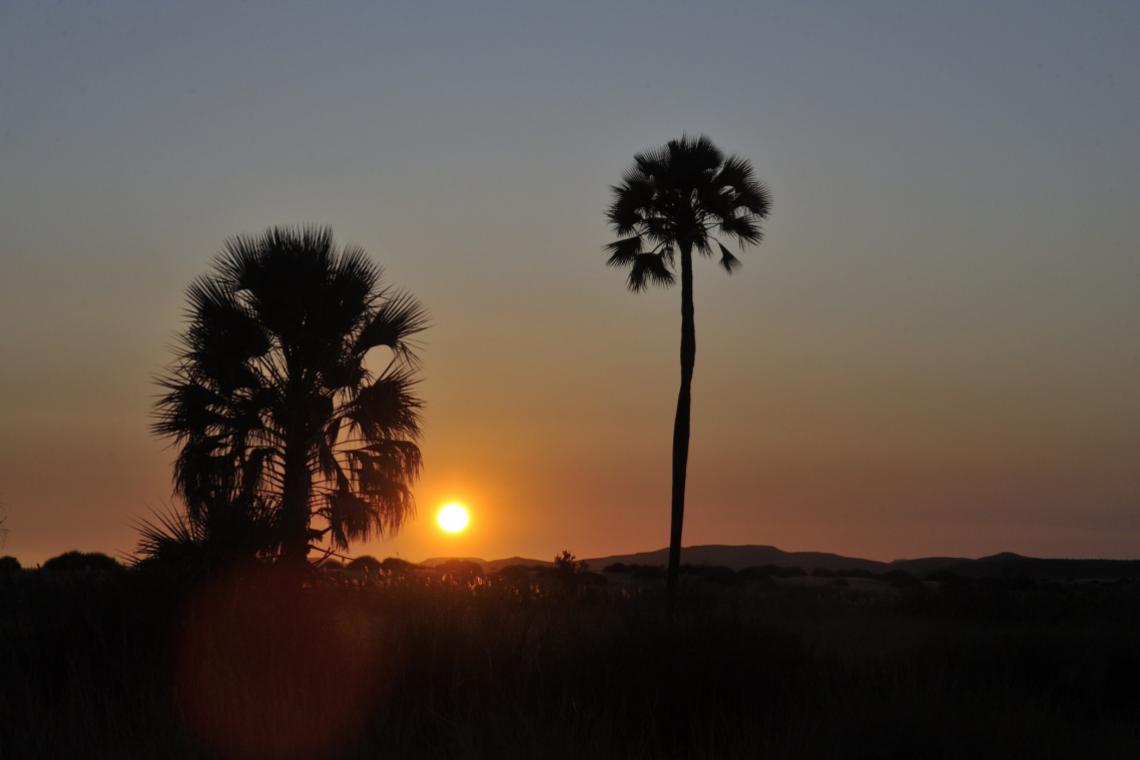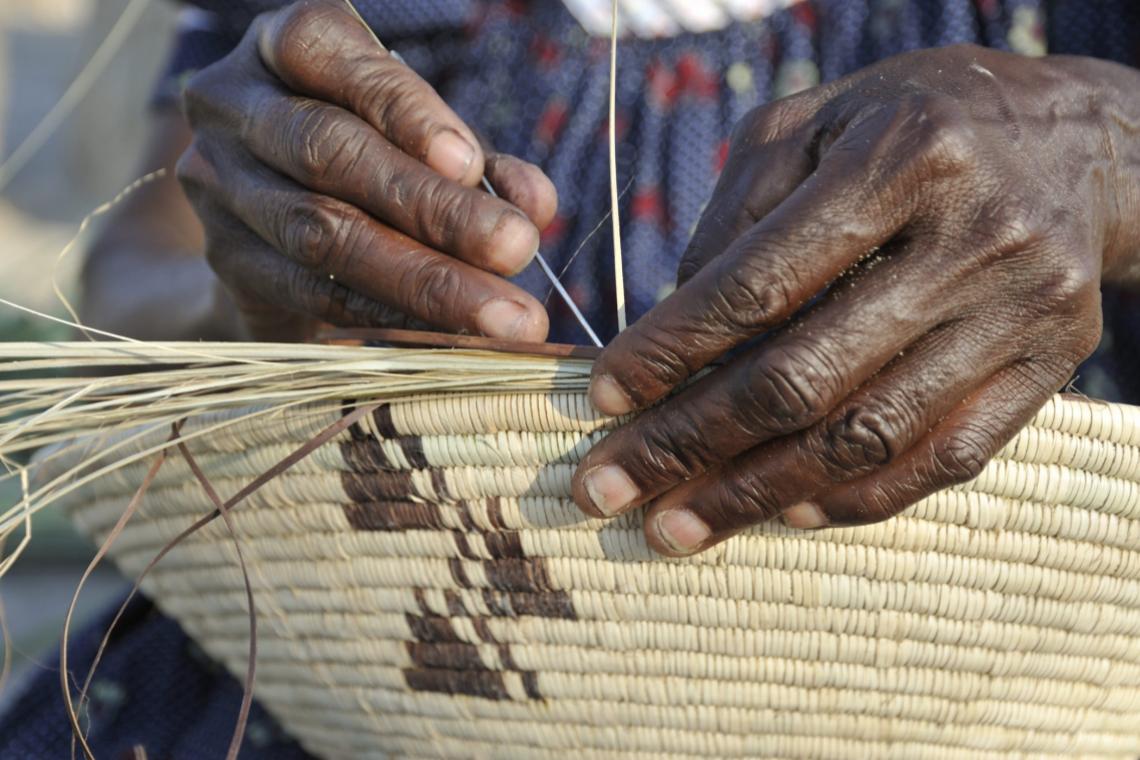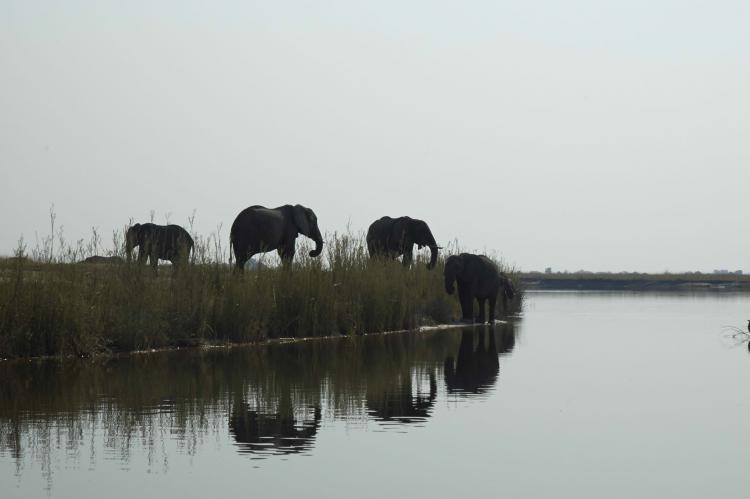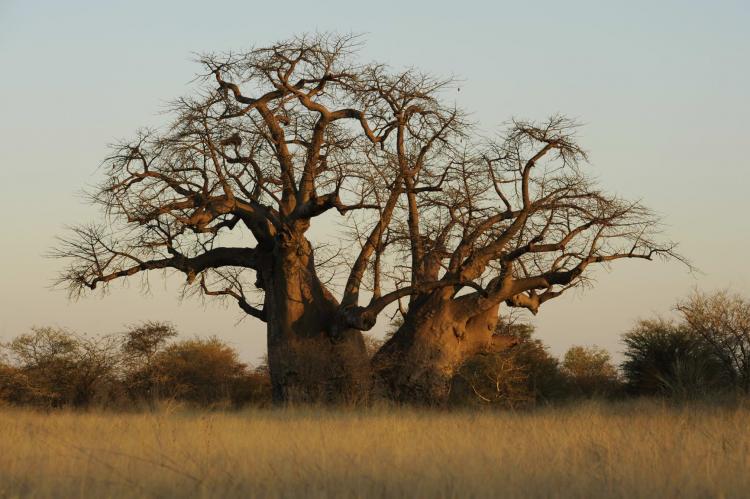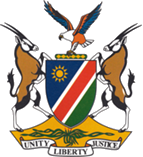
North
Namibia's northern region is one of the country's best kept secrets. It extends from the northern border of Namibia's famous Etosha National Park, across white, calcrete plains studded with Makalani palm trees and traditional wooden kraals and homesteads to the flowing waters of the perennial Kunene and Okavango rivers.
After exploring the wonders of Etosha National Park, the King Nehale gate on the northeastern side of the park provides the perfect entry point to the northern region of the country. The area's communal conservancies reflect the history and culture of the Owambo, the largest population group in Namibia.
Visit cultural villages, Namibia's largest open-air market, the Oshakati Omatala, and the oldest building in northern Namibia, the Nakambale Mission House.
Near the village of Tsandi in the northern region is the Uukwaluudhi Royal Homestead and Museum. Uukwaluudhi means "small group of one clan" and the museum provides a glimpse into the history and culture of the Kingdom of Uukwaluudhi. The authenticity of the experience is made clear by the fact that King Taapopi lives next door to the museum and has been known to join guests on their tours!
The Ombalantu Baobab Heritage Centre in Outapi is focused around an 800-year-old baobab tree which has inspired folklore, and, in the past, served as a post office, chapel and hiding place.
On the northern border in this region, the Kunene River provides two very different experiences: it is home to the rushing waters of the Ruacana Falls and just downstream is the Ruacana Dam, site of Namibia’s largest hydroelectric power plant.
With abundant birdlife, crocodiles and a languid flow, a bit further east the Okavango River meanders south, an important source of water and nutrients for the Okavango Swamps in Botswana. This area is also home to significant community forests, which are protected areas of forest, woodland and savannah that are managed by communities who market forest products and other natural resources.
You'll see dense stands of mighty leadwood trees, a variety of acacia trees, with long, hooked, or double thorns depending upon the species, and all four species of Albizia trees. And, because these trees exist, wildlife that finds food and shelter in the forests can thrive. Elephant, kudu, waterbuck, giraffe and a large variety of birds are at home in these forests.
Though there are just a few conservancies in Namibia's northern region, this area is well worth exploring, a unique destination and an easy link between your journey to the northwest and northeast of the country.
